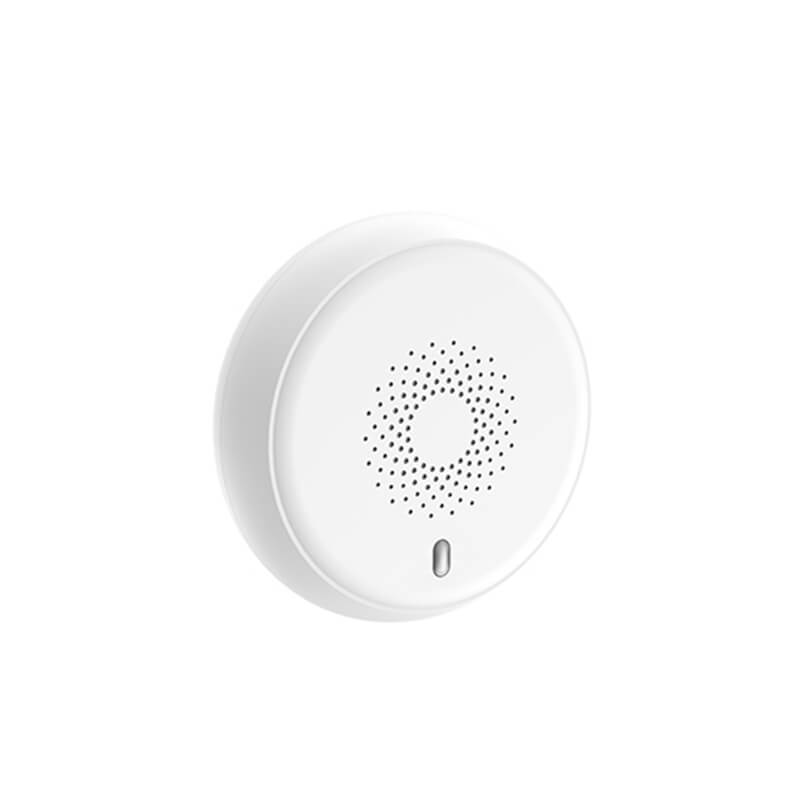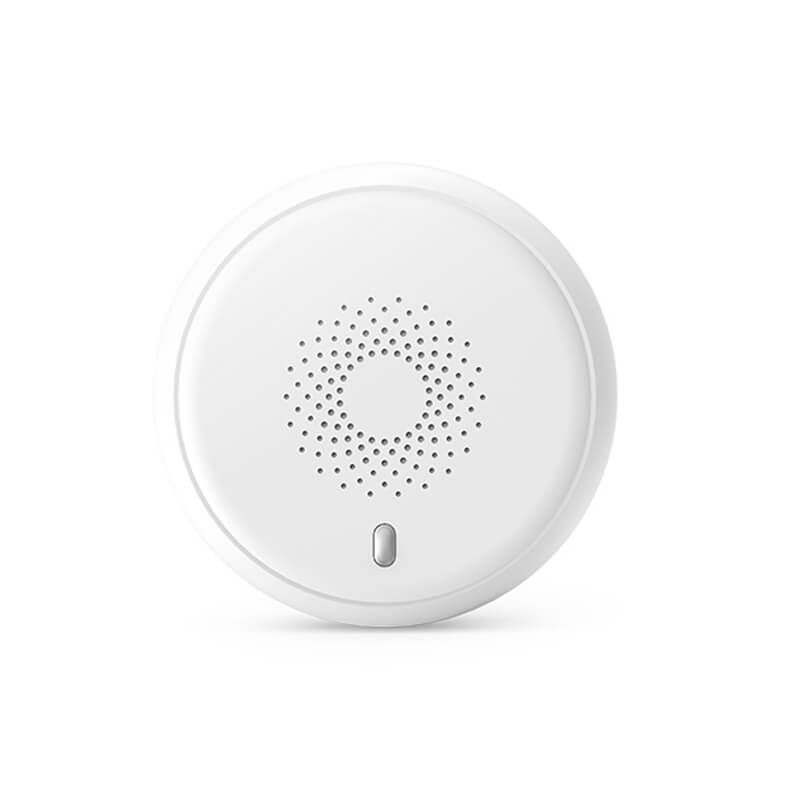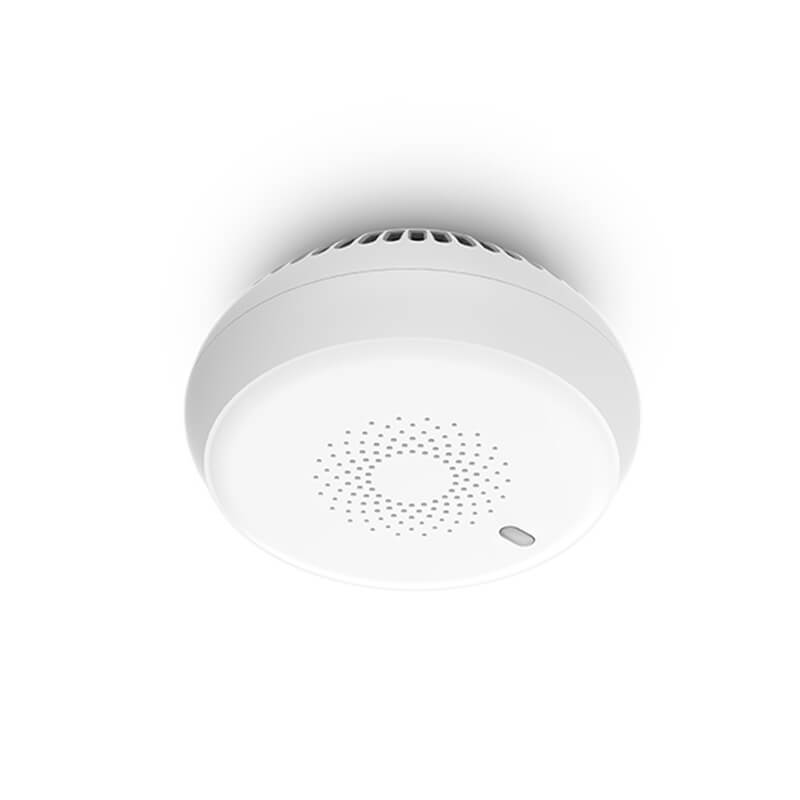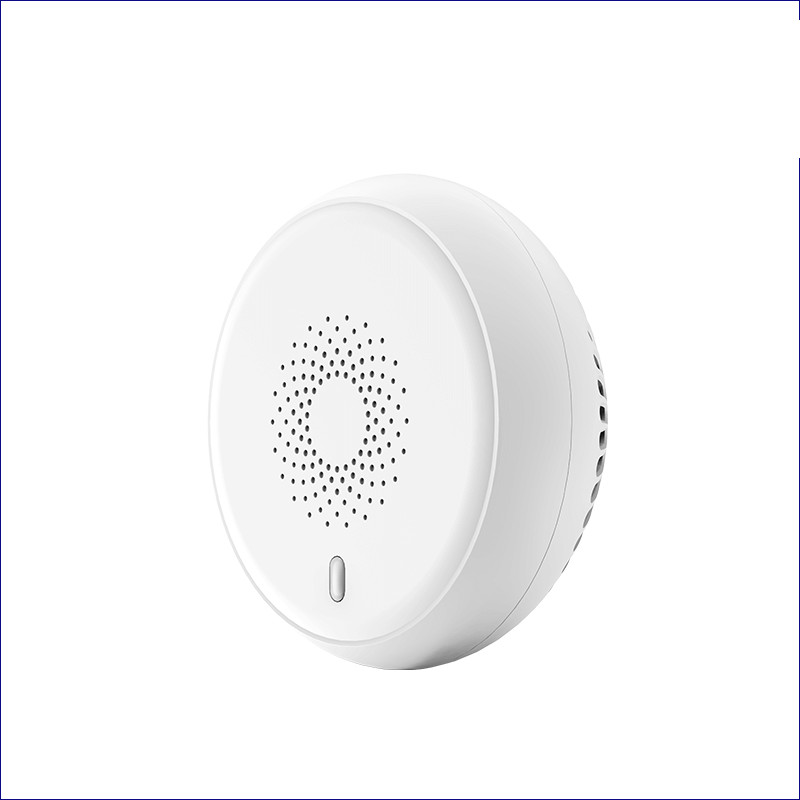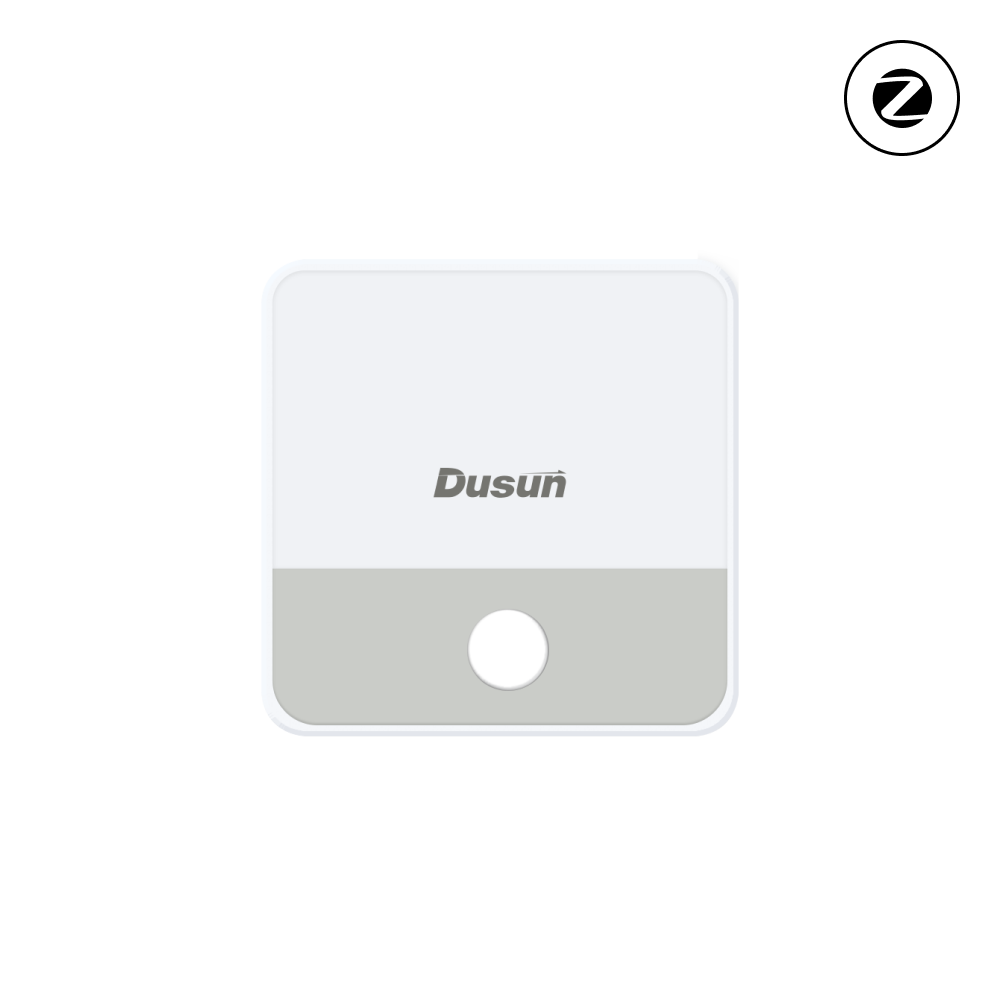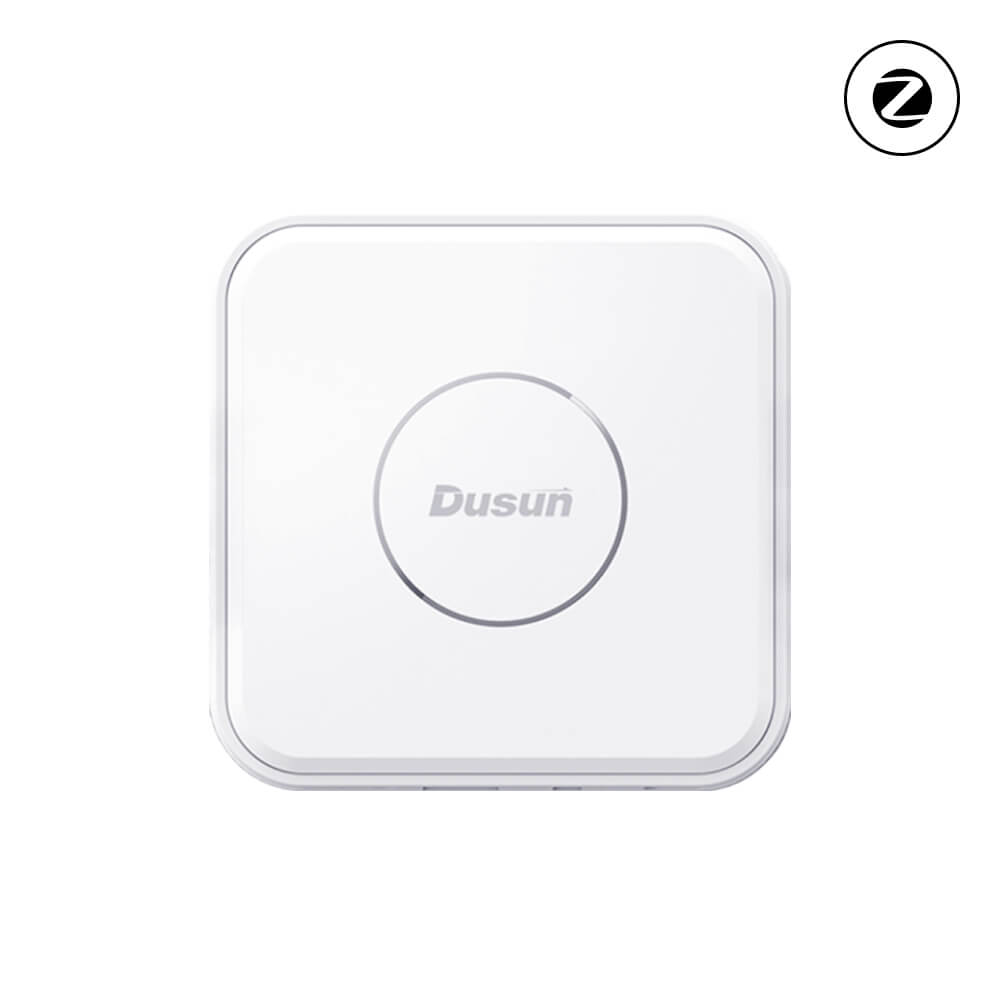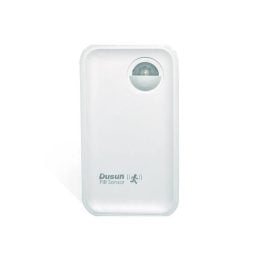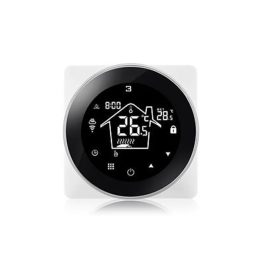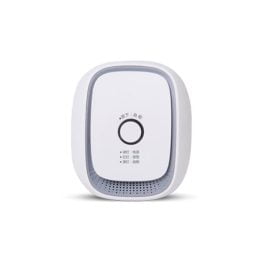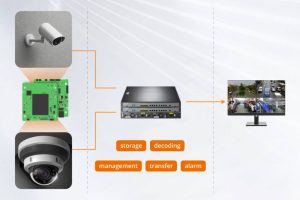Features
Hardware Parameters
- TransmittingPower: 10 dBm;
- Receiving Sensibility:-96dBm;
- Range: 80 meters maximumin open filed
- Frequency offset: +/-20KHZ
- Frequency Range (MHz):2401.0~2483.5,Low Frequency (MHz):2400, High Frequency (MHz):2483.5
- I.R.P(Equivalent Isotopically Radiated Power) (mW): <100mW
- Bandwidth (MHz):5MHz
- Modulation: OQPSK
- Standby Current: <6uA
- Alarm Current: <30mA
- Low-voltage Alarm Value: 2.6V±2V
- Dimension: Ø90 x 37.5mm
- Working Temperature: ‒10°C to +55°C
- Storage Temperature: ‒25°C to +55°C
Compatible Zigbee Gateways
Zigbee Gateways could transmit real-time monitoring data of photoelectric smoke detectors to the cloud platform at designated time intervals, so end users may check the status of the room from their mobile app, from anywhere. Dusun IoT is a trusted specialist in IoT gateway development and ODM service, welcome to discuss the opportunity for cooperation.
FAQs of Photoelectric Smoke Detector Alarm
What is the benefit of using photoelectric smoke detector?
With the growing number of appliance in homes, it is crucial to address potential issues such as aging cables, deteriorating power strips, and overloaded lines that may lead to home fires. Under normal circumstances, there will be a large amount of smoke generated in the early stage of a fire, and then flames will be generated. Photoelectric smoke detectors can use sensors to detect the presence of smoke concentration. When the concentration of smoke reaches the designated alarm threshold, the buzzer will sound. In this manner, signs of fire with a long period of smoldering can be quickly identified and dealt with promptly.
What is the working principle of photoelectric smoke detector?
A photoelectric smoke detector uses a light beam to assist in detecting smoke. There are two methods to detect the smoke. The attenuation detection method measures changes in the intensity of the light beam caused by smoke particles blocking or absorbing the light. While the scattering detection method identifies smoke by measuring the light energy produced when smoke scatters light.
What are types of photoelectric smoke detectors?
Based on how smoke particles scatter and absorb light, photoelectric smoke detectors are divided into two types: light-shielding smoke detector and astigmatism smoke detector.
In a light-shielding photoelectric smoke detector, the detection chamber comprises a light-emitting component and a light-receiving component. The light-emitting component emits a certain amount of light, which is then received by the light-receiving component. However, in the event of a fire, a substantial volume of smoke enters the detection chamber, obstructing the emitted light and diminishing the amount of light received by the light-receiving component. As a result, the photoelectric current decreases, triggering the detector to sound an alert.
The astigmatism photoelectric smoke detector also consists of a light-emitting and light-receiving component inside its detection chamber. Typically, the light-receiving component does not receive the light emitted by the light-emitting component, so no photocurrent is generated. When a fire occurs, smoke enters the detection room, causing the light emitted by the light-emitting component to scatter. When this scattered light is captured by the light-receiving component, its impedance changes and the photocurrent is produced. As a result, the conversion of smoke signal into an electrical signal is completed, and detector sends out an alarm signal.
What are application scenarios of photoelectric smoke detectors?
Photoelectric smoke detectors are ideal for environments where visible smoke is produced before a fire spreads. They are generally suitable for installation throughout various areas within a building, and is particularly effective in locations with an increased risk of electrical fires, such as cable trenches and the interior of cabinets within electronic equipment rooms. This is because electronic components tend to produce a greater amount of visible smoke when they overheat.
Photoelectric smoke detectors shouldn’t be used in the following situations:
- There is a lot of dust and water mist present; (this could lead to false alarms)
- There is a chance of producing steam and oil mist; (false alarms may occur)
- There is smoke remaining under normal circumstances. (It may result in false alarms)
- High altitude areas; (the air is thin and the smoke particles is not able to change the beam, so the sensitivity will decrease)
What are the precautions when using photoelectric smoke detectors?
Photoelectric smoke detectors operate based on the principle that smoke produced during a fire alters the behavior of light propagation. Therefore, regular cleaning is necessary. The light source and lens surfaces must be kept clean and free from dust and dirt to prevent a significant decrease in sensitivity or potential malfunctions.









